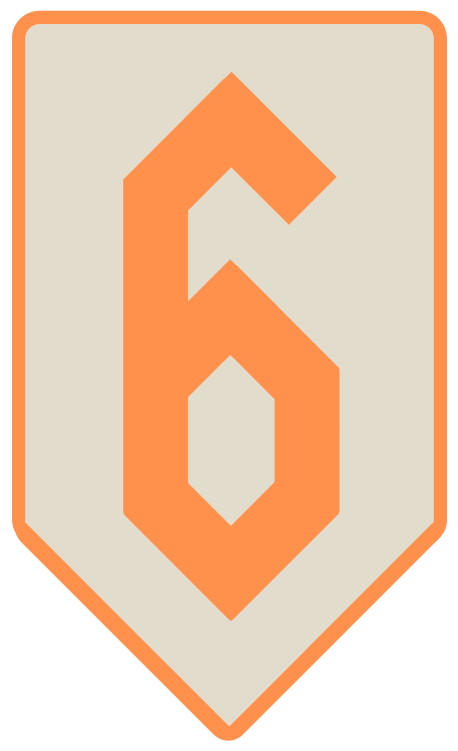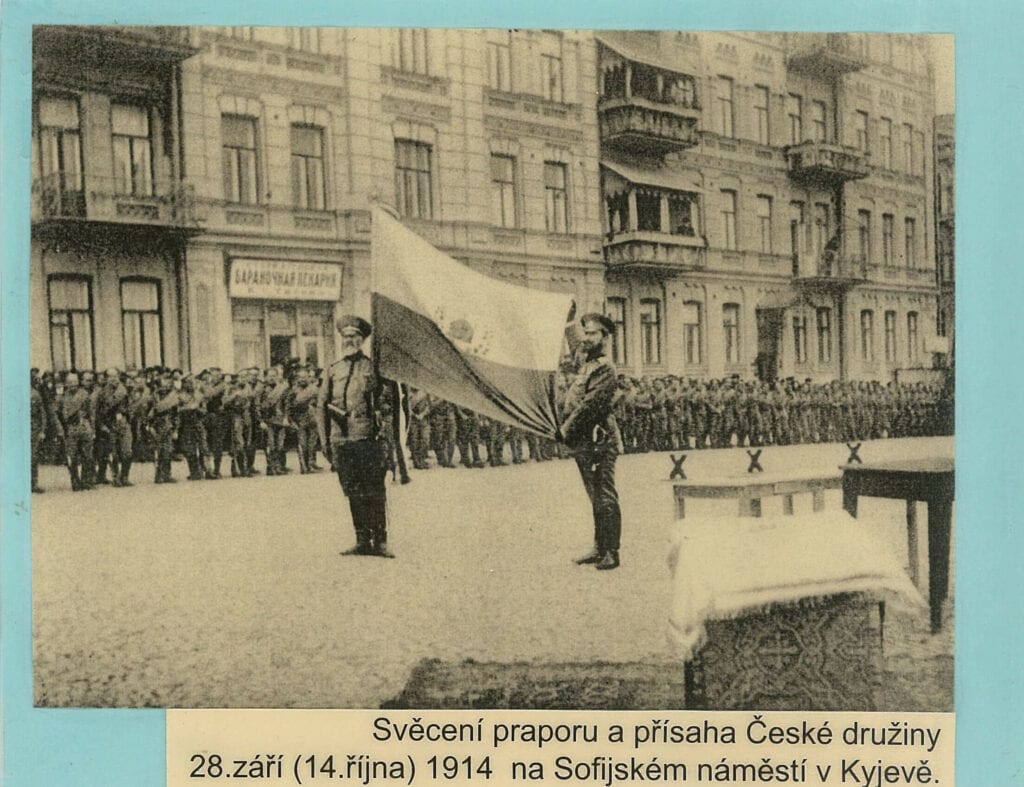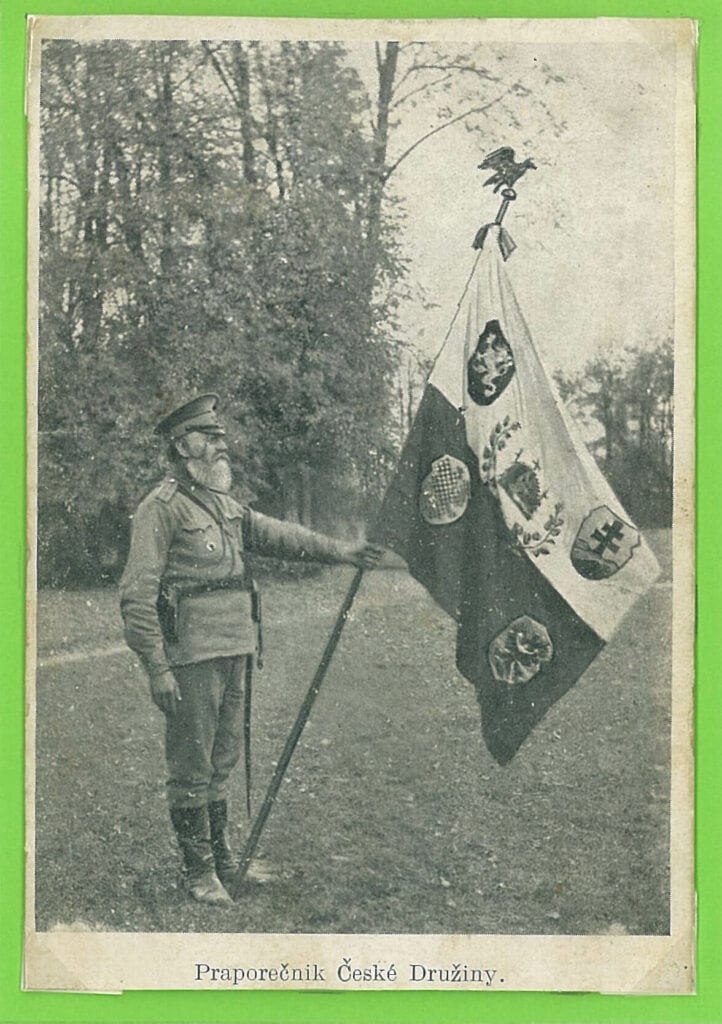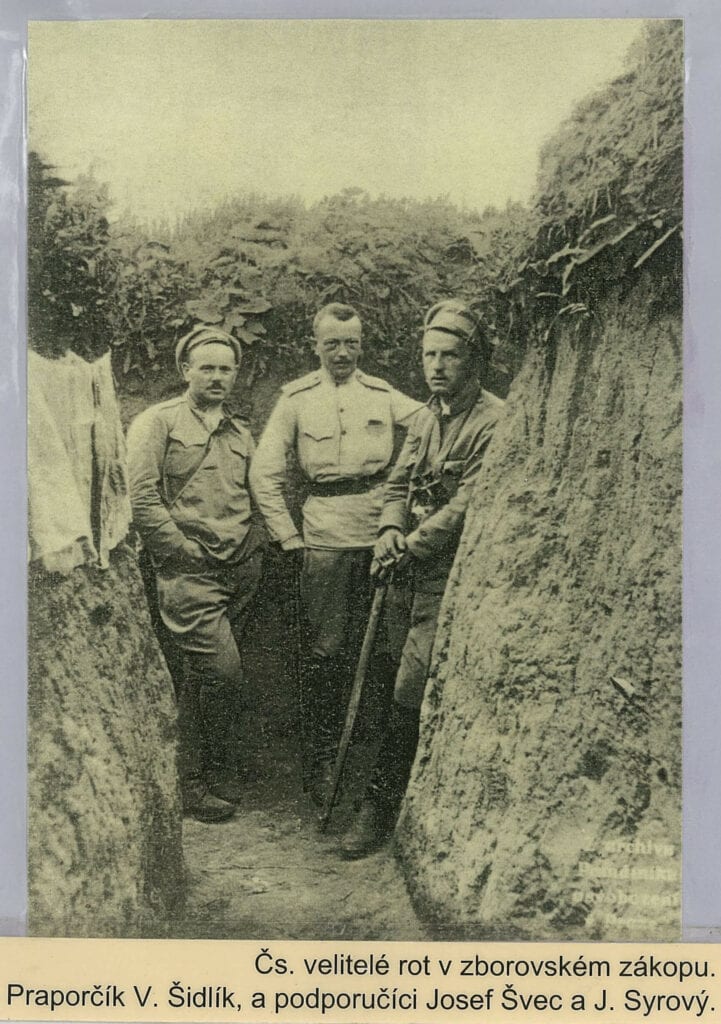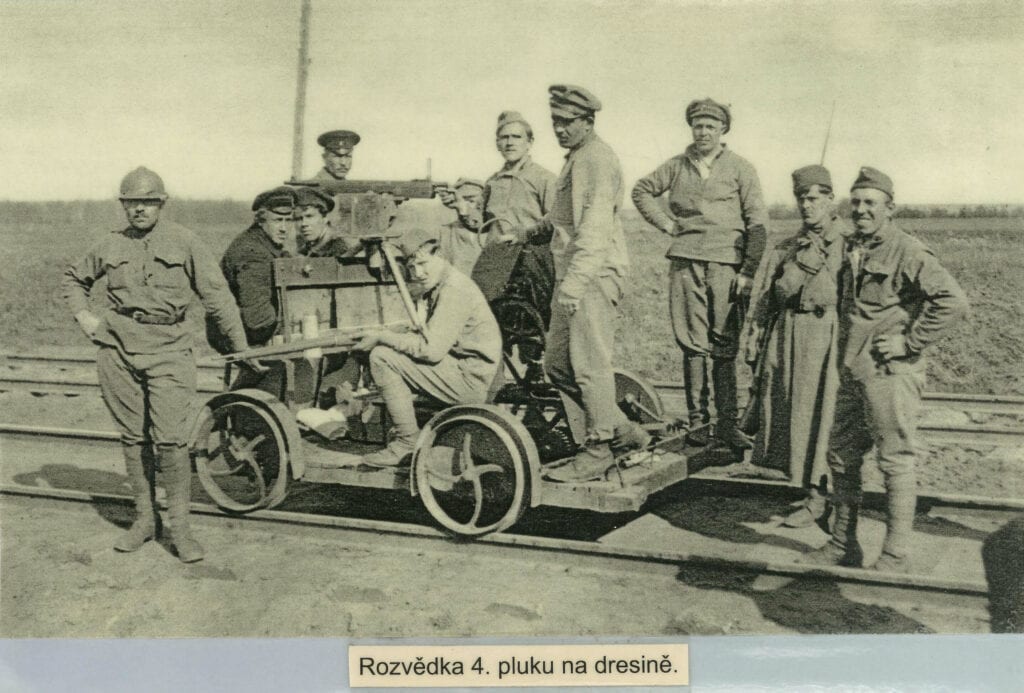Czechoslovak Legions in Russia
The first Czech volunteer unit, which became the basis of the Czechoslovak legions in Russia, was the "Czech Company". It was formed on 12 August 1914 from Czech compatriots living in Russia.
The nucleus of the Czech Company consisted of 720 volunteers (the so-called Starodružiniks), among whom were the future famous commanders - then ensigns Svec, Vašátko, second lieutenants Klecanda, Ceček and others.
On the day of St. Wenceslas, the patron saint of the Czech Kingdom (28 September 1914), they swore
in Kiev by members of the Czech Druzhina on the oldest battle flag embroidered with
the crown of St. Wenceslas.
At the front they operated in small groups up to "half" platoons as part of the 3rd Russian Tsarist Army. They undertook small raids, distributed leaflets in the front zone and obtained information from prisoners about the situation of the enemy.
They initiated the transition of the Czech units of the Austrian army to the Russian side. The Austro-Hungarian command ordered to search for the members of the Czech Company and after their capture to immediately condemn them to death. The first to be captured and executed were Antonín Grmela and Josef Müller.
From the spring of 1915, a volunteer Serbian Corps was formed in Odessa from the South Slavic Austro-Hungarian prisoners of war in Tsarist Russia. Since admission to this corps was not associated with as many difficulties as to the Czech Druzhina and the officers were recruited in their original c. and k. ranks, about 1,000 Czechs and Slovaks enlisted.
The volunteers were assigned to Colonel Hadžić's Serbian division, which took part in the fighting in Dobrudja in August 1916 (after Romania entered the war on the side of the Agreement).
The division underwent a fierce retreat fighting and its remnants were withdrawn to Russia. Some of our members were transferred to the 1st Czechoslovak Rifle Brigade, others took part in the fighting on the Salonika front in 1917 with the Serbian division. From there they were moved to France and Italy at the intervention of the Czechoslovak National Council in Paris.
The Czechoslovak Rifle Brigade was deployed as a whole to fight in the Russian summer offensive. On July 2, 1917, it launched an attack on the enemy positions, using also the so-called "cat-jumps", and during six hours of fighting broke through the enemy defences in the whole section. It occupied four lines of trenches, penetrated as deep as 5 km and accomplished the task of the entire corps.
Fewer than 3,500 Czechoslovak soldiers managed, at the cost of 190 dead and 800 wounded, to capture 3,200 prisoners, 15 guns and a large quantity of weapons and military material.
However, most of the neighbouring Russian formations failed in their attack and Kerensky's offensive quickly ended. The victory of the Czechoslovak Brigade at Zborov, however, won both Russian and international recognition and allowed further recruitment of prisoners for the newly formed 5th, 6th, 7th and 8th Rifle Regiments.
